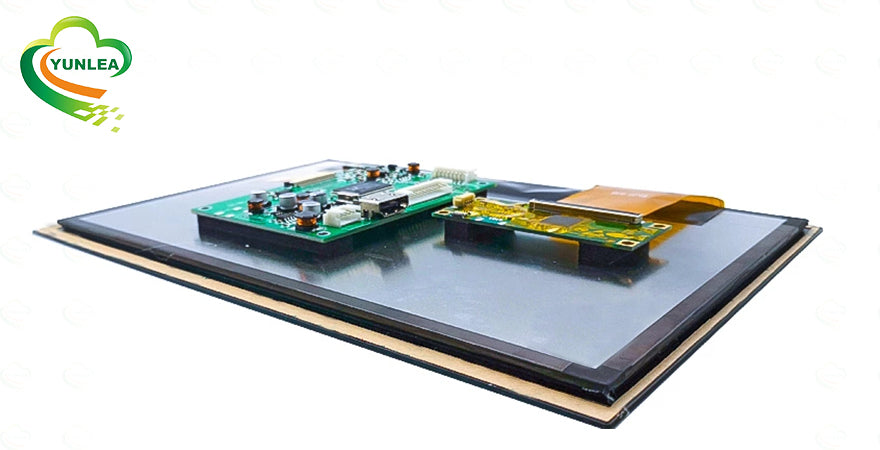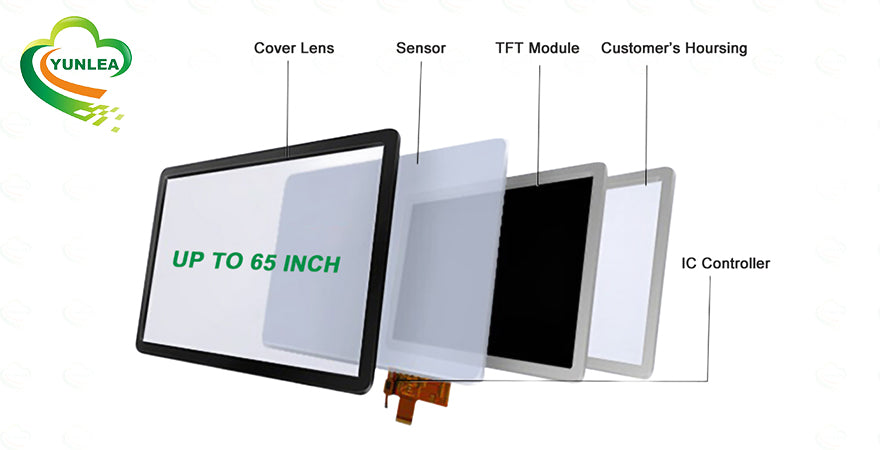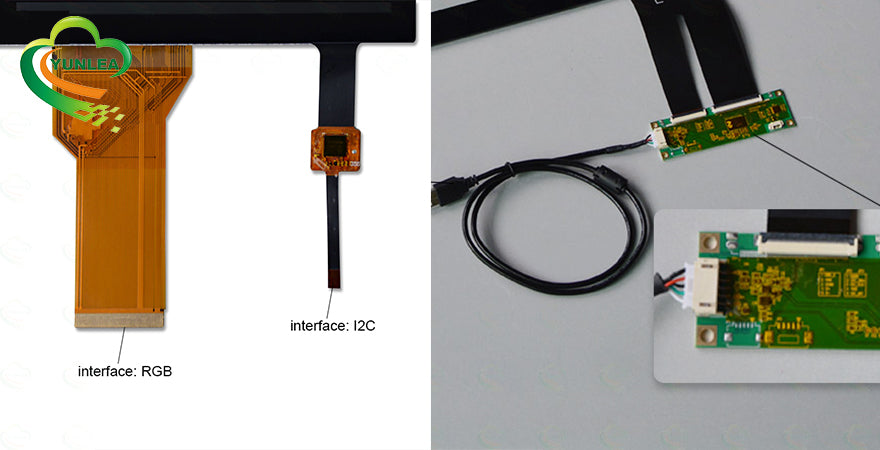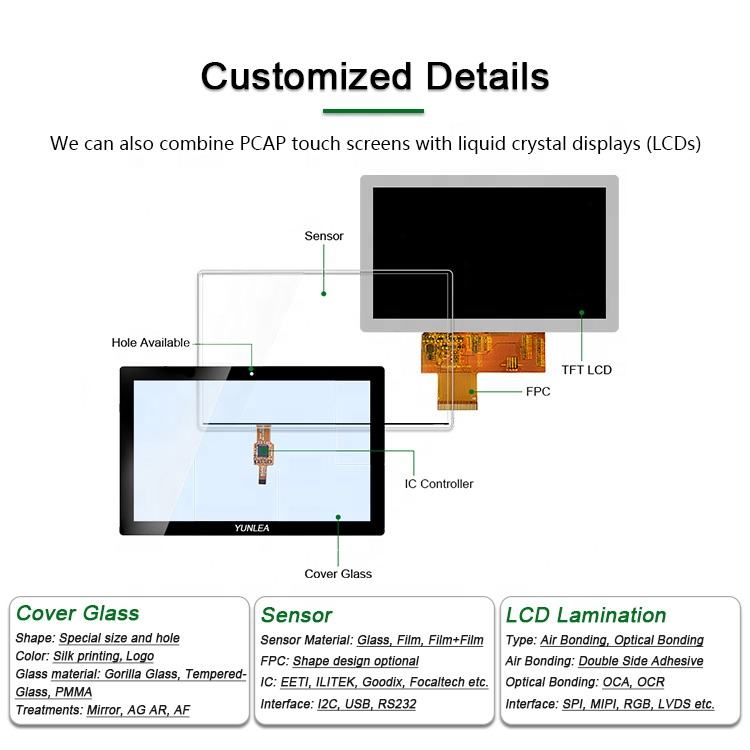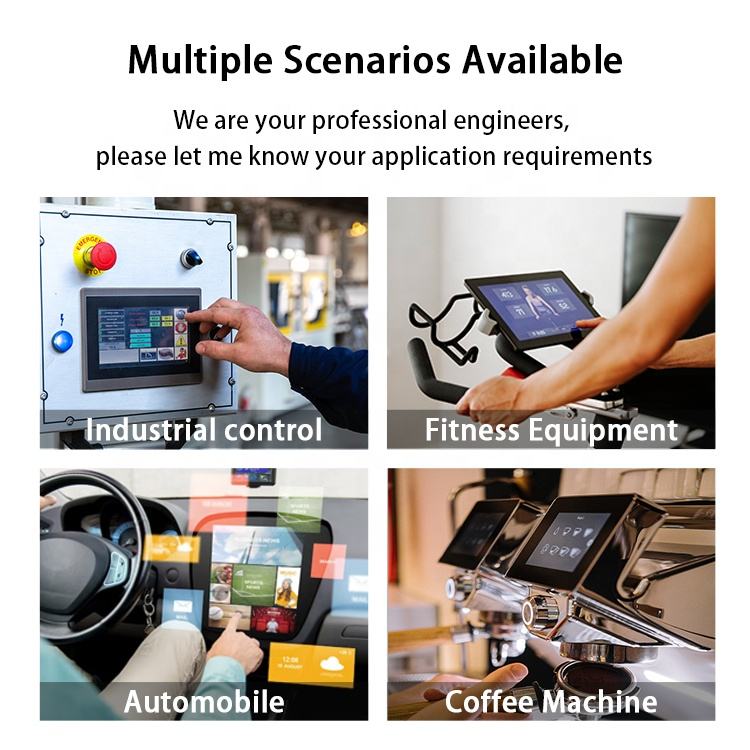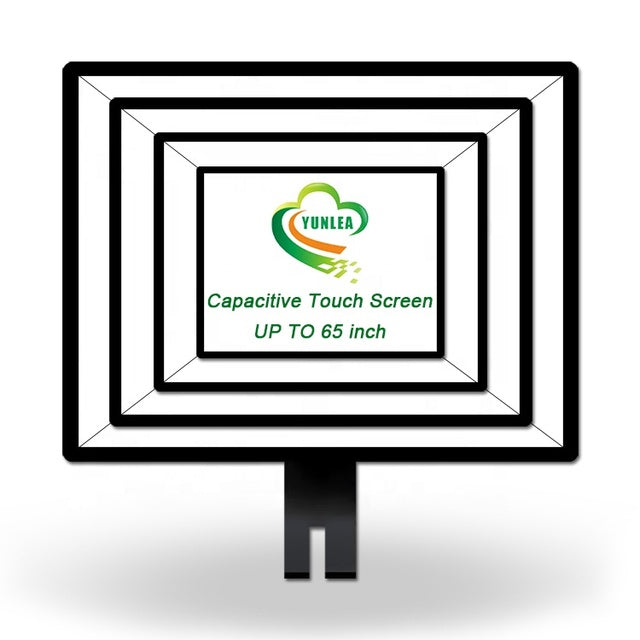Differences Between Capacitive and Resistive Touch Screens
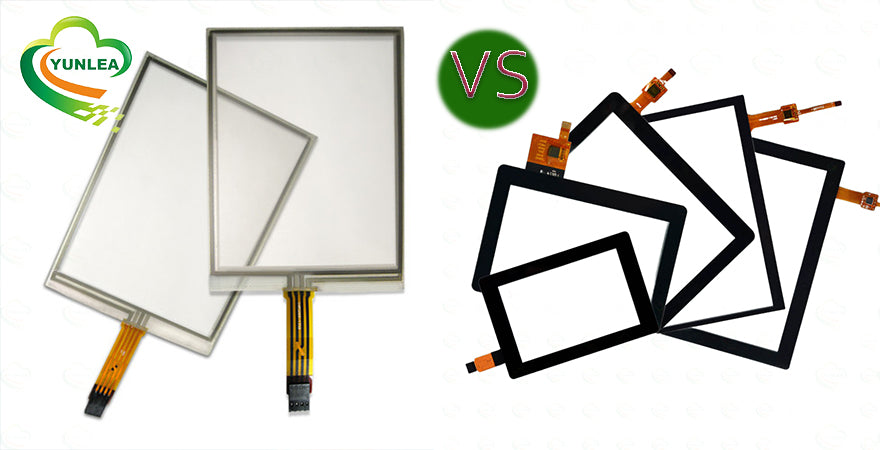
Understanding the differences between capacitive and resistive touch screens is crucial for selecting the right technology for your application. Each type offers unique features and benefits, making them suitable for different use cases.
Touch Sensitivity:
-
Resistive Touch Screen:
- Requires pressure to make contact between the screen layers.
- Can be operated with fingers, nails, stylus, etc.
-
Capacitive Touch Screen:
- Activates with the slightest touch with
- Does not respond to inanimate objects, fingernails.
Touch Precision:
Resistive Touch Screen:
- High accuracy, at least a single display pixel, ideal for stylus use.
- Suitable for interfaces with small control elements.
Capacitive Touch Screen:
- Theoretical accuracy of several pixels, limited by finger contact area.
- Difficult to accurately click on targets smaller than 1 cm².
Cost: Capacitive Touch Screen is10% to 50% more expensive than resistive screens.
Multi-touch Feasibility:
Resistive Touch Screen:
- Typically cannot support multi-touch without special circuitry.
Capacitive Touch Screen:
- Supports multi-touch functionality.
Damage Resistance:
Resistive Touch Screen:
- Soft top layer, prone to scratches.
- Requires protective film and frequent calibration.
- Plastic layer is less likely to break, making it durable in a different way.
Capacitive Touch Screen:
- Often uses glass for the outer layer, which resists everyday scratches and smudges.
- Glass can shatter under severe impact but is more durable against daily wear.
Application:
Both capacitive and resistive touch screens perform well indoors. The choice between them often depends on the specific application requirements, such as the need for precision, durability, and cost considerations.
The following table shows the main differences between resistive and capacitive screens:
| Category | Four-Wire Resistive Screen | Five-Wire Resistive Screen | Capacitive Screen |
|---|---|---|---|
| Price | Low | Higher | High |
| Lifespan | 3 years | 3 years | 2 years |
| Maintenance | None | None | None |
| Anti-Vandalism | Average | Average | Good |
| Stability | Average | Average | Good |
| Transparency | Average | Good | Average |
| Installation | Built-in or External | Built-in or External | Built-in |
| Touch Object | Any object, finger | Any object | Finger only |
| Output Resolution | 4096×4096 | 4096×4096 | 4096×4096 |
| Anti-Strong Light | Good | Good | Good |
| Response Speed | <10ms | <15ms | <15ms |
| Tracking Speed | Good | Good | Good |
| False Touch | Good | Good | Good |
| Sensor Damage Impact | Small | Small | Small |
| Environmental Impact | Some | None | Large |
| Drift | Large | Large | Large |
| Applicable Display | Flat | Any | Any |
| Water Resistance | Good | Good | Good |
| Electromagnetic Interference | Good | Good | Average |
| Application Scope | Indoor or Outdoor | Indoor or Outdoor | Indoor or Outdoor |
Yunlea Touchscreens
Yunlea is a professional touch screen manufacturer with over 15 years of experience. We offer customizable PCAP for industrial,medical, smart home application etc.. Our CTP standard size from 10.1 inch up to 65 inch, bonding with LCD display. Contact Yunlea’s team (sales@yunlea.com) today to find a suitable capacitive touch screen solution for your business.


